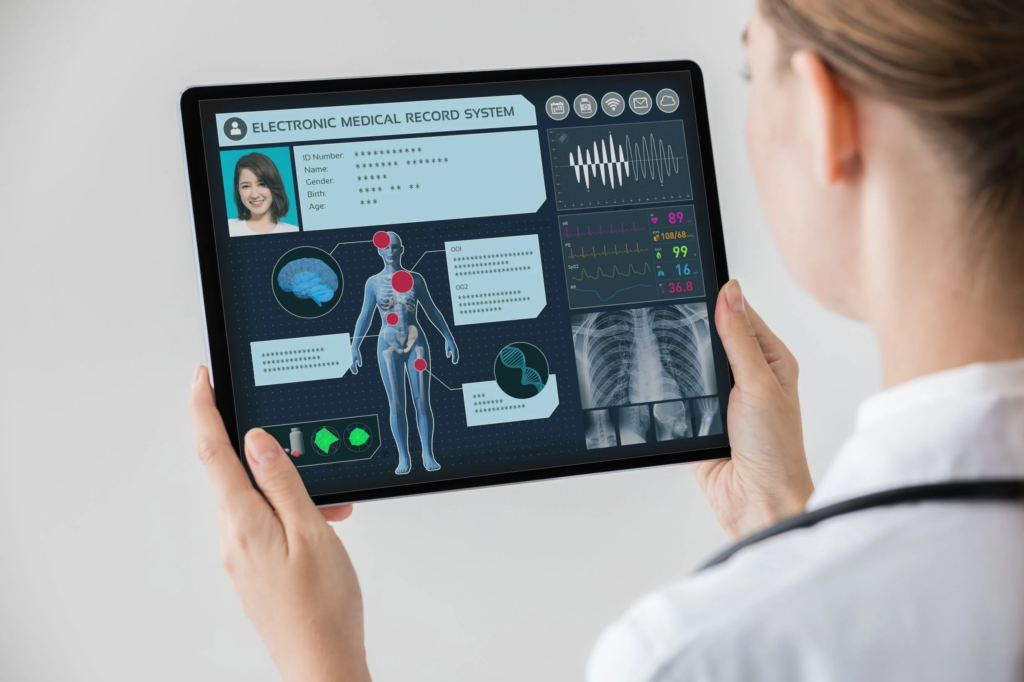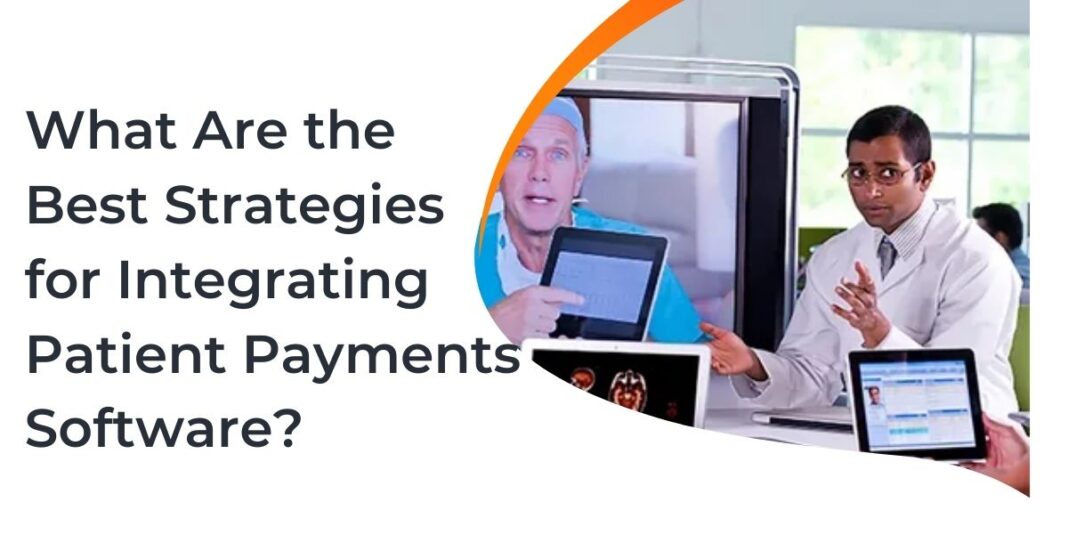Healthcare facilities are always looking for ways to improve patient experience. One critical area where technology can help is with patient payments. Implementing a patient payments software can streamline the process and improve efficiency. However, for the integration to be effective, the right strategies need to be in place. This article explores the best strategies for integrating patient payments software in a healthcare setting to ensure a smooth transition and maximum benefits for both patients and staff.
Why Is Patient Payments Software Important?
Patient payments software is designed to simplify the financial interactions between healthcare providers and patients. In the past, managing patient payments was time-consuming and involved manual processes that often resulted in errors. With the integration of software, these issues can be significantly reduced. The software enables patients to settle their bills quickly and conveniently, reducing stress and confusion about payments.
The importance of using patient payments software is rooted in its ability to enhance patient satisfaction. Patients no longer have to deal with complex paper invoices or unclear payment options. Instead, they can complete payments using a system that is straightforward and user-friendly. Additionally, healthcare providers benefit from improved cash flow, fewer billing errors, and less administrative burden.
Note – Looking to simplify and enhance your payment process? BlueSecure’s Patient Payments Software offers a seamless solution designed to improve efficiency and patient satisfaction. Discover how you can streamline payments and create a smoother experience with advanced tools and features. Learn more about the benefits of BlueSecure’s Patient Payments Software and take the next step toward optimizing your payment systems today.
Assessing Your Current System Before Integration
Before you can successfully integrate patient payments software, it’s essential to assess your current payment system. Take the time to evaluate how the current system works, identify areas that need improvement, and determine how the new software can address those gaps. This step is crucial because understanding your existing payment process will help you choose a software that can integrate seamlessly.
Start by asking questions like:
- What are the current challenges faced in managing patient payments?
- How long does it take to process a payment, and how efficient is the process?
- What features are missing in your current system that patients have requested?
By answering these questions, you’ll have a clearer idea of the areas where improvement is needed. Additionally, a thorough assessment of your current system will help you avoid integration issues and minimize disruptions during the switch to the new system.
Choose the Right Patient Payments Software for Your Needs

Choosing the right patient payments software is one of the most important steps in the integration process. Consider factors like ease of use, compatibility with existing systems, and whether it offers multiple payment options.
A user-friendly interface is critical, as it ensures that both patients and staff can navigate the system easily. The software should be compatible with your existing electronic health records (EHR) system to avoid any disconnect between patient records and payment data. Additionally, look for software that offers flexible payment options such as credit card payments, digital wallets, and online portals, allowing patients to choose their preferred method.
Taking the time to research and select the best software for your practice will save you from headaches later on. Make sure the software provider offers support during and after the integration process, as having expert assistance can be invaluable.
Developing a Clear Integration Plan
After choosing the right software, it’s time to develop a clear plan for integration. Your integration plan should include timelines, key milestones, and a list of the people involved in the project.
It’s essential to get the buy-in from all stakeholders before proceeding with the integration. This includes healthcare providers, administrative staff, and patients.
Having a clear plan also allows you to prepare for potential challenges. For instance, if there’s downtime expected during the transition, you can notify patients ahead of time and adjust workflows to minimize disruption.
Train Your Staff Effectively
No matter how good the software is, if your team doesn’t understand how to use it, it won’t deliver the desired results. Training should be comprehensive, covering every aspect of the software’s functionality, from processing payments to resolving any issues that might arise.
Start by creating a training schedule and ensuring that every staff member receives adequate instruction. It’s also a good idea to have ongoing support available in case questions or concerns come up after the initial training sessions. Some software providers offer tutorials and customer service that can be helpful during the early stages of integration.
By investing time in proper training, you’ll be equipping your team with the skills they need to handle the new system effectively. This will lead to a smoother workflow, fewer errors, and a better experience for your patients.
Communicate Changes to Patients
When introducing new patient payments software, it’s vital to communicate the changes to your patients effectively. Clear communication will prevent confusion and ensure that patients feel confident using the new system.
You can communicate these changes in a variety of ways, such as sending emails, updating your website, and placing signs in the waiting room. It’s also helpful to offer a brief demonstration of how the new payment process works when patients check-in or check-out. This will alleviate any concerns they might have and provide them with an opportunity to ask questions.
Clear communication is key to ensuring that patients feel supported during the transition to the new system. By taking the time to explain the benefits and functionality of the new software, you can increase patient satisfaction and reduce the likelihood of payment issues.
Monitor the System After Integration
It’s essential to monitor the system and evaluate its performance over time. This includes tracking metrics like the time it takes to process payments, how satisfied patients are with the new system, and whether there are any recurring issues.
Regular monitoring allows you to address problems before they become significant. It also ensures that your staff remains comfortable using the software and that patients continue to benefit from its convenience.
By consistently monitoring the system, you’ll be able to optimize its performance and ensure that it continues to meet the needs of your practice and your patients.
The Benefits of a Well-Integrated Patient Payments System
When patient payments software is integrated correctly, it brings a range of benefits to both the healthcare provider and the patients. For healthcare providers, it simplifies the administrative side of managing payments, reduces errors, and improves cash flow. For patients, it offers a more convenient and stress-free way to pay their medical bills.
The software also allows for greater transparency in billing, reducing the likelihood of disputes over payment amounts. Patients appreciate being able to see a clear breakdown of their charges and settle their payments quickly and easily.
In the long term, the integration of patient payments software can lead to higher patient satisfaction and a more efficient practice overall. By following the best strategies for integration, healthcare providers can ensure that both staff and patients experience these benefits.
For more insightful articles related to this topic, feel free to visit mstravaloo.com







